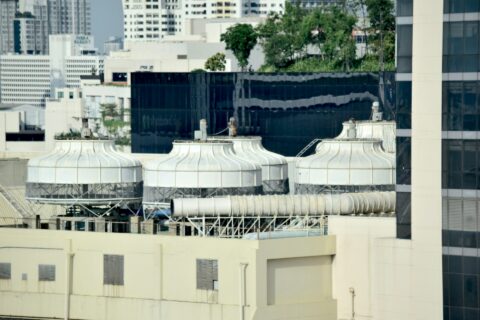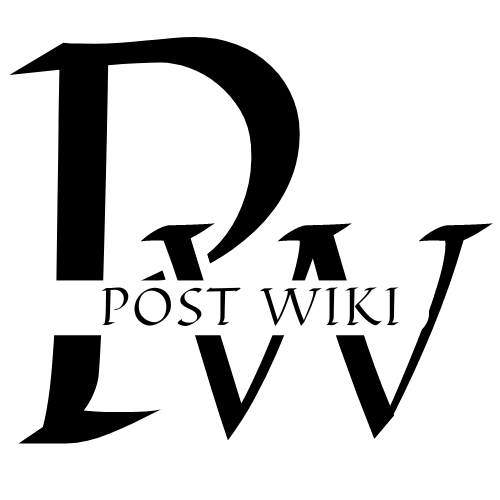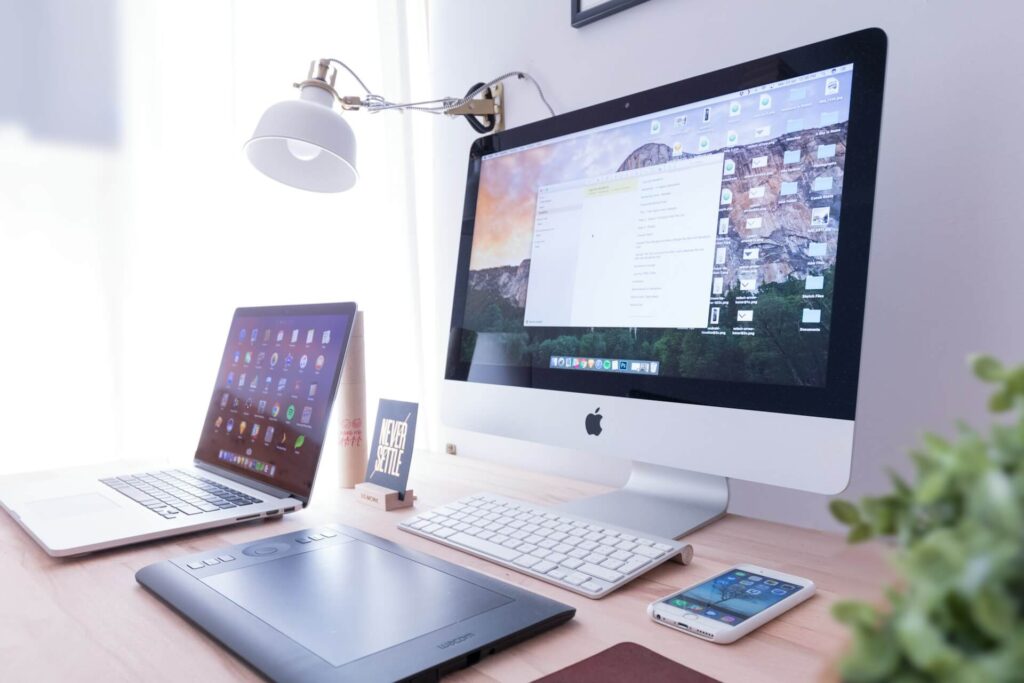In the age of digital transformation, our devices and screens are not just fixtures in our homes and offices; they are extensions of our minds and realities. But with the immense power and connectivity that technology offers, there comes a great irony.
We are often overwhelmed and distracted by the same tools that have the potential to make our lives more efficient and fulfilling.
Addressing this paradox is the emerging discipline of digital decluttering a systematic and deliberate approach to organizing the digital tools and environments that shape our daily existence. It’s not just about creating neat folders, but about designing a digital lifestyle that nurtures focus, creativity, and peace of mind amid the cacophony of the online world.
The Rise of Digital Clutter
The average person is barraged with a tsunami of digital information. Every email, push notification, and app update vies for our attention, creating a sense of perpetual busyness.
Inboxes with thousands of unread messages, desktops littered with files, notifications that never stop — this is the new normal. And yet, there is growing evidence that this state of ‘always-on’ digital clutter is antithetical to our productivity and well-being.
Harvard Business Review and other esteemed publications have weighed in, linking digital clutter with increased stress, decreased satisfaction, and compromised productivity. It’s time to confront the chaos that’s curtailing our potential, and reclaim our digital space for meaningful work and relaxation.
Principles of Digital Decluttering
The approach to digital decluttering mirrors much of the wisdom around physical decluttering. Here are key principles to guide you in your quest to streamline the digital environments that you engage with every day.
Establish a Core Purpose
Before you begin, it’s essential to establish why you’re decluttering. What do you hope to achieve by the end? Are you striving for a more peaceful digital landscape? Or are you aiming to optimize your workflow? Having a core purpose will help you make tough decisions during the decluttering process.
Set Clear Goals and Priorities
Identify what’s vital to you. Define your priorities and set clear goals for your digital organization. This could include reducing time spent on social media, creating a more efficient document storage system, or minimizing distractions during work hours.
Mindful Engagement and Consumption
Practice awareness and be intentional about the content you consume and the tools you use. Do they align with your goals and priorities?
Mindful engagement involves setting boundaries around your digital habits, such as scheduling specific times for checking emails or social media.
Continuous Evaluation
Decluttering is not a one-time event; it’s a continuous process. Make it a habit to evaluate your digital spaces regularly. Ask yourself if your systems are still working for you or if they need adjustments to accommodate changes in your life or work.
Techniques for Digital Organization
With the principles in mind, it’s time to roll up your virtual sleeves and start tidying up. Here are practical techniques to bring order to your digital chaos:
The Inbox Zero Method
The Inbox Zero method is a popular email management philosophy that advocates for keeping your email inbox empty or almost empty at all times. It’s about processing emails quickly and deciding on actions, whether it is responding, filing, or deleting.
Digital Minimalism
Adopt a digital minimalism approach in which you explicitly curate which apps, services, and devices deserve a place in your life. This could involve uninstalling unnecessary apps, unsubscribing from email lists, and turning off notifications for anything non-essential.
Cloud Storage and File Naming Conventions
Leverage cloud storage services like Google Drive or Dropbox to store your digital files. Develop a consistent file naming convention that makes it easy to find what you need when you need it. Organize files into clear, logical folders, creating a structure that makes sense to you.
Decluttering Your Digital Workspace
Just as with a physical workspace, a cluttered digital desktop can inhibit productivity. Use folders for grouping related items and regularly file away or delete files you no longer need. Keep your home screen clean and minimize the number of icons on your desktop.
Tools and Strategies for Maintaining Order
While the effort to declutter is primarily about discipline and mindful navigation, numerous tools and strategies can help maintain a tidy digital environment.
Automate Regular Clean-Up Tasks
Set up recurring tasks on your calendar or use task management apps to remind yourself to clean up periodically. This might include deleting old emails, reviewing and archiving digital notes, or purging files you no longer use.
Digital Curation and Aggregation
Consider using tools that can help curate and aggregate your digital content. RSS readers, for example, can help consolidate news and blog subscriptions, reducing the need to visit multiple websites and apps.
Secure and Backup Important Data
Part of digital decluttering is ensuring that essential data is properly secured and backed up. Use robust security measures and automate backups to prevent data loss and the stress that comes with it.
The Psychology Behind Clutter
Understanding the psychology behind clutter can be illuminating. The KonMari method, for instance, advocates keeping only those possessions that “spark joy.”
Applying a similar ethos to our digital spaces, what apps and notifications spark joy, and which ones merely add noise?
Overcoming Resistance to Change
Even when we know decluttering will benefit us, we might resist change. It’s new, it’s unfamiliar, and it requires effort. The solution lies in incremental progress and the benefits you’ll experience by making and sticking to these changes.
Celebrating Small Wins
Each step you take towards a more organized digital life is a victory. Celebrate these wins as you combat the resistance to change. They affirm that you’re capable and that the new habits are taking hold.
Creating Accountability
Engage with your peers or use social media to create accountability for your digital decluttering process. Sharing your progress, challenges, and successes can make the process more enjoyable and less daunting.
Leaning on Communities and Resources
You’re not alone in this endeavor. Join communities, attend workshops, or read guides to stay motivated and learn from others’ experiences. The digital sphere is rich with resources to help you in your quest for order.
Final Thoughts: The Art of Unplugging
While digital decluttering is about organizing our online lives, it’s also about creating space for other things, like human interaction, creativity, and relaxation.
The art of unplugging setting boundaries and cognitively distancing ourselves from the digital world is the necessary complement to a well-ordered digital life.
In the end, the goal is not just a cleaned-up inbox or a tidied-up desktop, but a holistic technology experience that serves us, rather than dominates us.
It’s through these deliberate efforts that we tap into the true potential of the digital age to connect, learn, and create, with a sense of clarity and intention that enriches our lives.
Digital decluttering is a personal art form that evolves with our needs and the technological landscape. By engaging in it, we take control of our digital destinies, one organized file, app, or notification at a time.
Ergo, digital decluttering is not just an organizational tactic; it’s a way of life in the 21st century, promising a more empowered and focused existence in our hyper-connected world.
Whether you’re a busy professional, a tech enthusiast, or a digital nomad, the benefits are undeniably vast, leading to enhanced productivity, a reduction in stress, and a vibrant, clutter-free life both on and offline.










